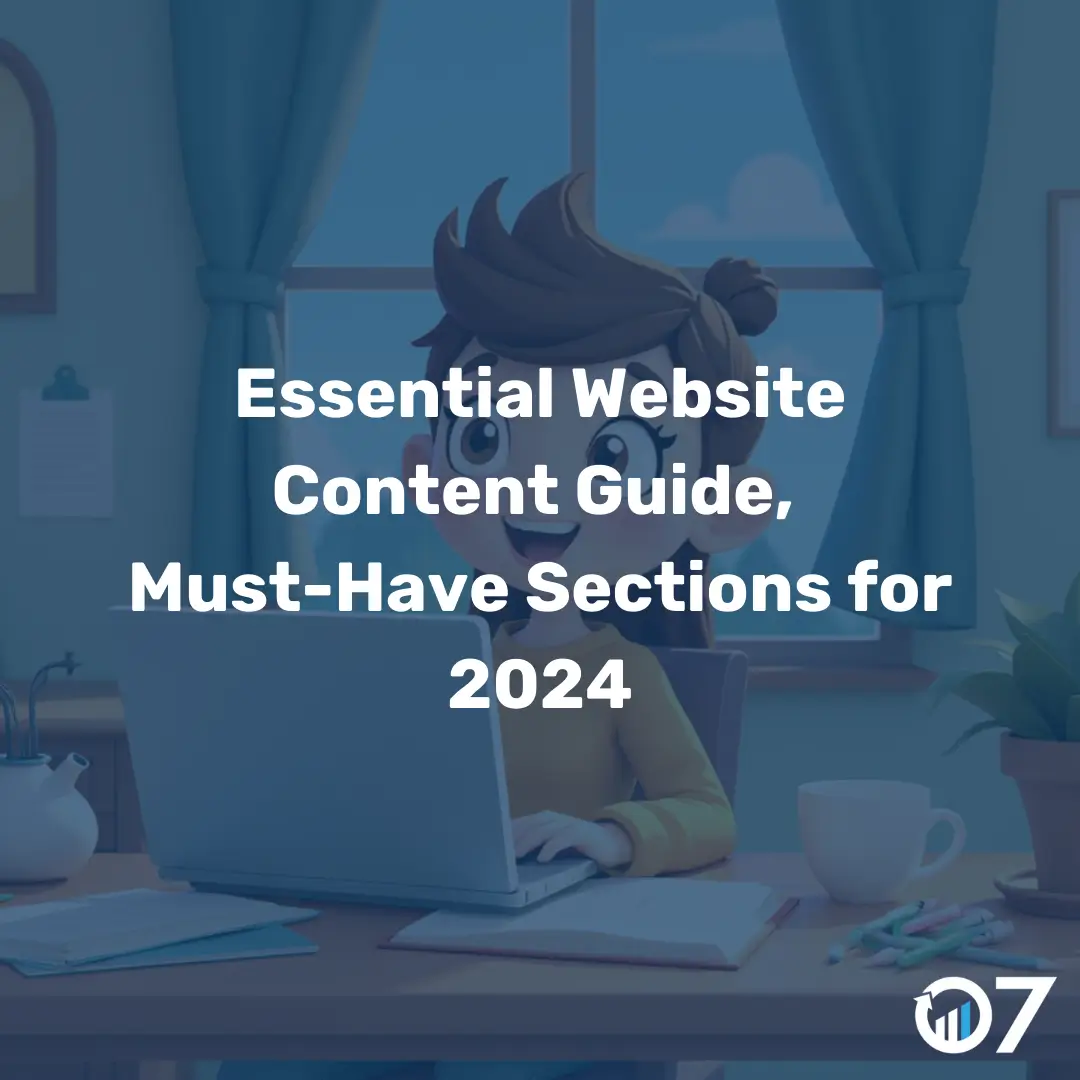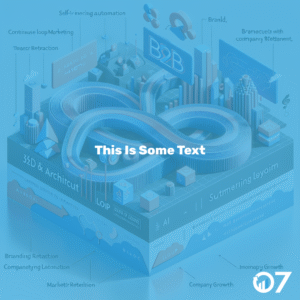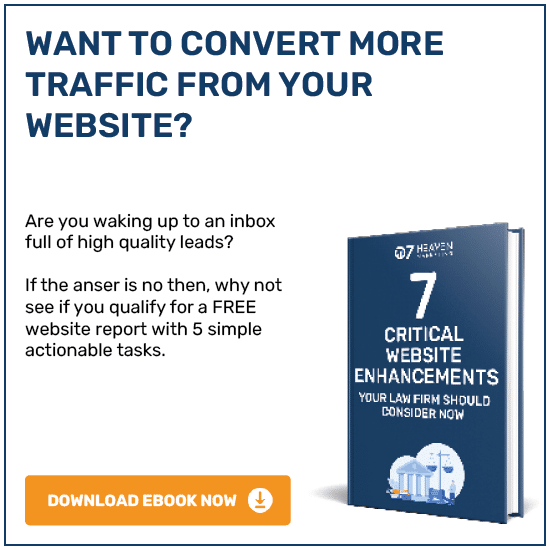Essential Website Content Guide: Discover the must-have sections every business website needs in 2024 to captivate and convert visitors.
It’s 2024, and I’m amazed at how many websites still miss the mark with their content. Many lack essential sections like the Contact page, making it a real challenge for visitors to find basic information. Let’s dive into the critical components your website needs to stand out and succeed.
Homepage: Your Digital Welcome Mat
The homepage is the first impression visitors get of your business. It’s crucial to make it engaging and informative. Think of it as your digital welcome mat, inviting visitors to explore further.
Key Elements
– Clear Value Proposition – Immediately communicate what your business offers and why it’s unique.
– User-Friendly Navigation – Ensure visitors can easily find what they’re looking for.
– Compelling Visuals – Use high-quality images and videos to capture attention.
– Call to Action (CTA) – Guide visitors towards the next step, whether it’s learning more about your services or contacting you.
Example: Apple’s homepage is a prime example. It’s clean, visually appealing, and immediately communicates the brand’s value proposition.
About Us: Building Trust and Connection
Your About Us page is where you build trust and establish a connection with your audience. It’s your chance to tell your story and showcase your values.
Key Elements
– Company History – Share your journey and milestones.
– Mission and Vision – Highlight what drives your business and where you’re headed.
– Team Introduction – Put faces to your brand by introducing your team.
– Customer Testimonials – Include reviews and testimonials to build credibility.
Example: Patagonia’s About Us page effectively tells their story, highlights their mission, and introduces their team, creating a strong connection with visitors.
Services or Products: What You Offer
This section is where you detail your offerings. It’s essential to be clear and comprehensive, helping visitors understand what you provide and how it benefits them.
Key Elements
– Detailed Descriptions – Clearly explain what each service or product entails.
– Benefits – Highlight the benefits and unique selling points.
– Pricing Information – If applicable, provide transparent pricing details.
– Visuals – Use images or videos to showcase your offerings.
Example: HubSpot’s Services page is a great role model. It provides detailed descriptions, benefits, and visuals, making it easy for visitors to understand their offerings.
Contact Page: Easy Access to You
A Contact page is essential for any website. It’s where visitors go when they want to reach out, ask questions, or get more information.
Key Elements
– Contact Form – Include a simple form for visitors to fill out.
– Email and Phone Number – Provide multiple ways for visitors to contact you.
– Physical Address – If applicable, include your physical location.
– Social Media Links – Encourage visitors to connect with you on social media.
Example: Google’s Contact Us page is straightforward and user-friendly, providing all the necessary contact information in one place.
Blog: Sharing Knowledge and Building Authority
A blog is a powerful tool for sharing knowledge, building authority, and improving SEO. Regularly updated content can help attract and engage visitors.
Key Elements
– Relevant Topics – Write about topics that interest your audience and relate to your business.
– SEO Optimization: – Use keywords, meta descriptions, and internal links to improve search engine rankings.
– Engaging Content – Create content that is informative, engaging, and valuable.
– Call to Action – Encourage readers to take the next step, whether it’s subscribing to your newsletter or contacting you.
Example: 07 Heaven Marketing’s blog is a fantastic resource, offering valuable insights and tips for businesses.
Testimonials and Reviews: Building Trust
Including testimonials and reviews on your website can significantly boost credibility. Positive feedback from satisfied customers can influence potential clients.
Key Elements
– Authentic Testimonials – Use real testimonials from actual customers.
– Diverse Feedback – Include a variety of testimonials to cover different aspects of your business.
– Visuals – Where possible, include photos or videos of customers.
Example: Amazon’s product pages are a great example of how to effectively use reviews and testimonials to build trust.
FAQ Page: Answering Common Questions
An FAQ page can save time for both you and your visitors by addressing common questions upfront. It can also improve user experience and reduce bounce rates.
Key Elements
– Common Questions – Identify and answer the most frequently asked questions about your business.
– Clear Answers – Provide concise and clear answers.
– Search Functionality – Include a search bar to help visitors quickly find what they need.
Example: Dropbox’s FAQ page is well-organized and easy to navigate, providing clear answers to common questions.
Privacy Policy: Ensuring Transparency
A privacy policy is not just a legal requirement; it’s also a way to build trust with your visitors by being transparent about how you handle their data.
Key Elements
– Explain what data you collect and why.
– Detail how you use the collected data.
– Describe how you protect user data.
– Provide a way for users to contact you with questions about your privacy policy.
Example: Facebook’s privacy policy is comprehensive and transparent, clearly explaining how they handle user data.
Call to Action (CTA): Encouraging Engagement
Every page on your website should include a clear call to action. Whether it’s signing up for a newsletter, downloading a resource, or contacting you, a CTA guides visitors towards the next step.
Key Elements
– Clear and Concise – Make sure your CTA is easy to understand.
– Action-Oriented Language – Use verbs that encourage action.
– Visibility – Ensure your CTA stands out on the page.
Example: Netflix’s homepage features a prominent CTA encouraging visitors to start their free trial, guiding them towards the next step.
Internal and External Links: Enhancing Navigation and SEO
Using internal and external links can improve navigation, enhance SEO, and provide additional value to your visitors.
Key Elements
– Relevant Links – Include links that are relevant and add value.
– Anchor Text – Use descriptive anchor text for your links.
– SEO Best Practices – Follow SEO best practices to ensure your links are effective.
Example: Wikipedia’s articles are filled with internal and external links, providing a wealth of information and improving navigation.
Footer: The Final Touch
The footer is often an overlooked part of a website, but it’s a valuable space for additional information and navigation.
Key Elements
– Contact Information – Include your contact details.
– Important Links – Provide links to important pages like the privacy policy, terms of service, and sitemap.
– Social Media Links – Encourage visitors to connect with you on social media.
Example: BBC’s website footer is well-organized and includes all the essential information and links.
Conclusion
In 2024, having a website with essential, well-crafted content is more important than ever. By including these must-have sections, you can create a website that engages visitors, builds trust, and drives conversions.
For more tips and insights on creating a successful website, visit our blog. If you have any questions or need assistance, feel free to contact us via email at info@07hm.co.uk or call us at 01702 410663. We’re here to help you succeed!





